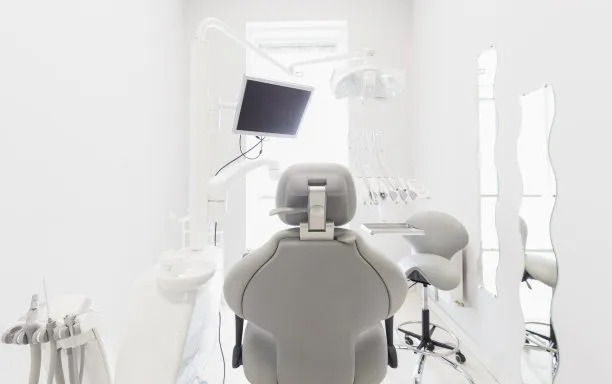The Importance of Proper Techniques When Extracting a Tooth for Optimal Dental Health and Patient Recovery
Summary: This article emphasizes the crucial role that proper techniques play in extracting a tooth, underlining their impact on dental health and patient recovery. By investigating complications associated with improper methods, the importance of skilled practitioners, adherence to post-extraction care, and how proper techniques can prevent further dental issues, this piece provides a comprehensive overview for both dentists and patients alike. It aims to highlight that extracting a tooth is not merely a technical task but rather a significant procedure that requires an understanding of the patients health and an expert approach to ensure optimal outcomes.
1. Risks of Improper Tooth Extraction Techniques

Tooth extraction is a common dental procedure, but when not performed correctly, it can lead to several complications. One of the most significant concerns is the risk of infection. Improper hygiene protocols can expose the extraction site to bacteria, resulting in infections like dry socket, which can be painful and prolong recovery time.
Moreover, inadequate technique may cause damage to surrounding teeth and tissues. This damage can result in unnecessary pain and further dental issues that might require additional interventions, thus complicating the patient’s dental condition instead of alleviating it.
Another risk factor includes potential nerve damage. When a tooth is removed without the appropriate care, nearby nerves may be unintentionally affected. This can lead to numbness or other sensory issues, emphasizing the need for dentists to utilize precise techniques during extraction.
2. Importance of Skilled Practitioners in Tooth Extraction
The expertise of the dental professional performing the extraction significantly influences the procedures success. Skilled practitioners possess not only theoretical knowledge but also extensive clinical experience, allowing them to handle complex cases more effectively. Their ability to assess individual patient conditions and adapt techniques accordingly can mitigate risks associated with tooth extraction.
Additionally, trained dental professionals use advanced tools and methods to ensure a smoother extraction process. For instance, they may leverage diagnostic imaging to determine the tooths root structure, allowing for careful planning that minimizes trauma to surrounding tissues.
Finally, a skilled practitioner is adept at managing patient anxiety, which plays a crucial role in the overall experience. By building trust and effectively communicating, they can make the procedure less daunting, ultimately leading to better cooperation from the patient and a more favorable outcome.
3. Post-Extraction Care for Optimal Recovery
Proper post-extraction care is vital for ensuring optimal recovery after a tooth extraction. Following the procedure, patients are often provided with a list of do’s and don’ts. Adherence to these guidelines helps prevent complications like excessive bleeding or infection.
Moreover, pain management is pivotal during the recovery phase. Dentists typically prescribe analgesics or recommend over-the-counter pain relief options to help manage post-operative discomfort. Understanding how to use these medications appropriately can significantly influence the patient’s recovery experience.
Additionally, dietary guidance following an extraction is essential. Patients are usually advised to stick to soft foods and avoid strenuous physical activities for a few days. This not only ensures comfort but also aids the healing process by minimizing unnecessary strain on the affected area.
4. Prevention of Further Dental Issues Through Proper Techniques
Effective tooth extraction techniques can significantly reduce the risk of future dental complications. For instance, by extracting a decayed or damaged tooth skillfully, the chance of infections spreading to adjacent teeth is minimized, thereby safeguarding overall oral health.
Proper extraction also plays a preventive role in avoiding misalignment issues. When teeth are removed carelessly, the surrounding teeth may shift, leading to complications like bite misalignment or teeth crowding, which can necessitate orthodontic interventions later.
Furthermore, expert extraction techniques can contribute to preserving bone health. When teeth are extracted with precision, the bone structure is less likely to suffer from degradation, which is crucial for maintaining the integrity of the jaw and ensuring that future dental procedures, such as implants, can be successfully performed.
Summary:
The discussion surrounding proper tooth extraction techniques highlights their importance in ensuring not only immediate health but also long-term dental integrity. By recognizing the risks of improper techniques, valuing skilled practitioners, adhering to post-extraction care, and preventing future dental issues, patients can achieve optimal health outcomes. Overall, the emphasis on preventive measures and careful practice supports the notion that extraction is a critical dental procedure that deserves the utmost attention and expertise.
This article is compiled by Vickong Dental and the content is for reference only.



